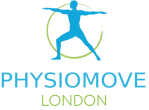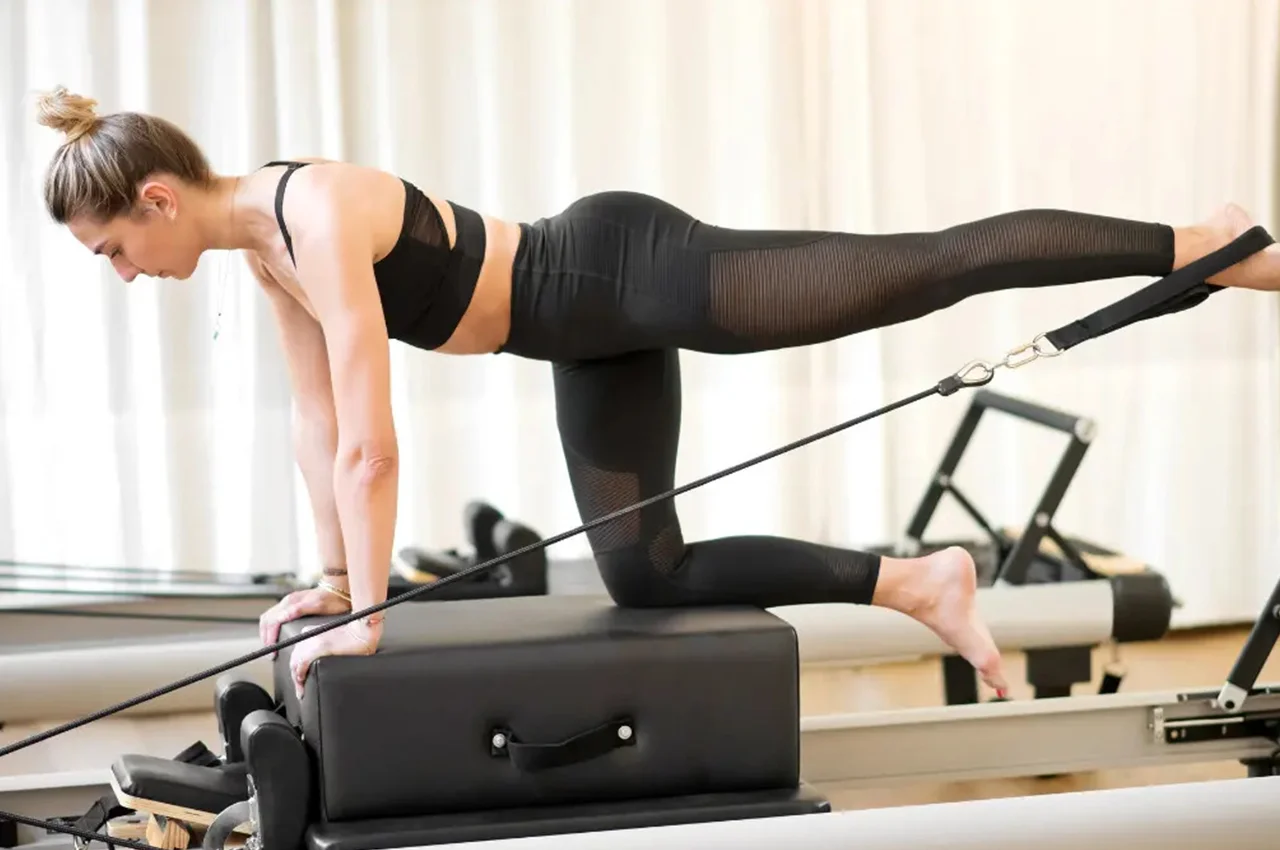Recovering from an injury or persistent pain often involves more than just relieving discomfort—it includes gradually rebuilding strength, mobility, and confidence. Physiotherapy plays a key role in this process, using targeted exercises to help individuals return to their daily activities. But once the initial treatment phase is complete, many people benefit from continuing their progress through a structured and supportive exercise method.
That’s where Pilates comes in. It provides a natural progression from physiotherapy, building on the same principles of control, alignment, and breath. Pilates supports recovery by improving body awareness, restoring movement quality, and gradually increasing strength and stability in a safe and manageable way.
Pilates offers a thoughtful, structured approach to movement that builds strength, improves control, and enhances body awareness. Unlike other forms of exercise, it doesn’t rush you into high-impact training or push for performance. Instead, it meets you where you are—physically and mentally—making it an ideal progression after physiotherapy. Whether you’re managing long-term musculoskeletal issues, recovering from surgery, or just want to move with more confidence, Pilates provides a safe space to rebuild and move forward.
What Is Pilates and How Is It Different?
Pilates is a low-impact exercise method developed by Joseph Pilates, focusing on controlled movements, core strength, flexibility, and body awareness. Over time, the method has evolved into modern Pilates, which blends the original principles with contemporary rehabilitation science, making it more adaptable for clinical and post-rehabilitation settings. Unlike high-intensity workouts or traditional strength training, Pilates emphasizes precision, breath control, and alignment, making it particularly suitable for individuals recovering from injuries.
Studies show that Pilates can improve posture, balance, and core stability, which are essential components in rehabilitation. Its adaptability allows for modifications to suit various fitness levels and recovery stages, providing a gentle yet effective progression from physiotherapy to independent exercise routines.
Why Pilates Works Well After Physiotherapy
Pilates serves not only as a valuable progression from physiotherapy but also as a long-term form of exercise in its own right. Its low-impact nature, combined with a focus on controlled movements and alignment, makes it ideal for those transitioning from rehabilitation while also providing a sustainable way to maintain strength, mobility, and overall well-being throughout life.
Research shows that Pilates-based exercises improve function, decrease pain, and enhance core stability, especially for individuals recovering from musculoskeletal issues. Moreover, Pilates emphasises body awareness and alignment, which are key components in preventing re-injury. By reinforcing the movement patterns and postural corrections introduced during physiotherapy, Pilates helps individuals integrate these practices into their daily lives, promoting long-term health and functionality.
Evidence also suggests that incorporating Pilates into rehabilitation programmes can lead to improvements in pain management and functional capacity. This makes it a valuable tool not only for recovery but also for enhancing overall quality of life post-physiotherapy.
Who Can Benefit Most from Pilates After Physio
While Pilates can be adapted for nearly anyone, it’s especially valuable for people coming out of physiotherapy who still need structured, supportive movement. It offers a personalised path to rebuild strength and confidence—without rushing into high-intensity or unsupervised training.
Some of the groups who benefit most include:
- Those recovering from musculoskeletal injuries, such as back pain, joint issues, or post-surgical rehabilitation. Pilates helps gently reintroduce movement with control and precision.
- People managing chronic pain, where low-impact, mind–body approaches have been shown to reduce pain perception and improve function. Evidence from a 2022 analysis highlights that Pilates significantly improves pain and disability in people with chronic lower back pain.
- Postnatal clients working on restoring core and pelvic floor strength. The breathing and control techniques used in Pilates support deep core activation and pelvic alignment.
- Older adults aiming to maintain mobility and balance. Pilates improves posture and coordination, reducing the risk of falls and promoting independence.
Pilates is not just for dancers or the ultra-flexible—it’s a highly adaptable method that meets people where they are in their recovery.
How Physiomove London Integrates Pilates into the Rehab Journey
At Physiomove London, Pilates-inspired exercises are already a part of many of our rehabilitation programmes. These movements are selected to complement clinical goals, reinforce healthy movement patterns, and provide patients with a solid foundation for ongoing progress.
For those who have completed their physiotherapy sessions and are looking for a way to continue progressing, transitioning into Pilates can be an excellent next step. We are excited to soon launch small group classes—designed for up to 5 participants—for a more personalised and supportive environment.
If you’re interested in joining our upcoming group Pilates classes, you can now register your interest on the link below to be added to our waiting list. Our physiotherapists are also available to guide you on how to transition safely into Pilates-based movement and help you determine the best path forward for your recovery and ongoing wellbeing.
The goal is to empower individuals to take ownership of their movement and recovery—without risking setbacks. For many of our clients, it’s not just the next step after physiotherapy—it’s the missing link between treatment and long-term wellness.


